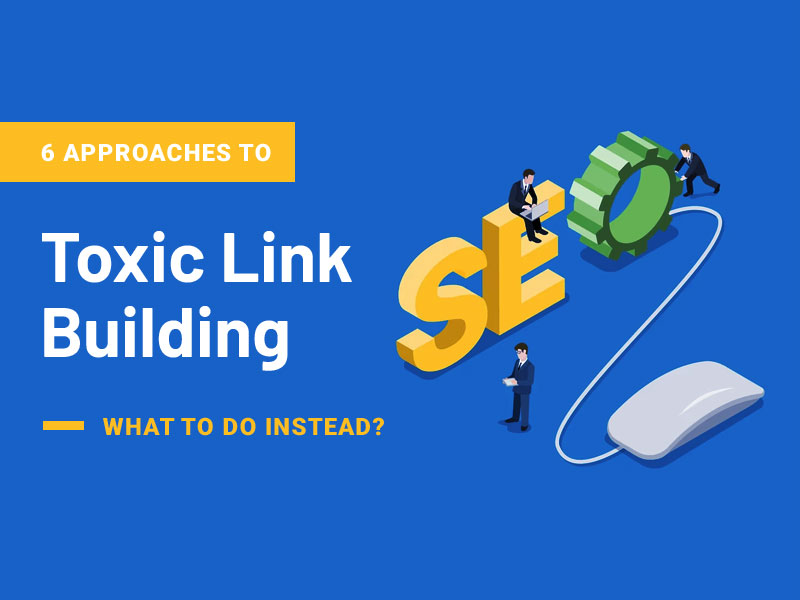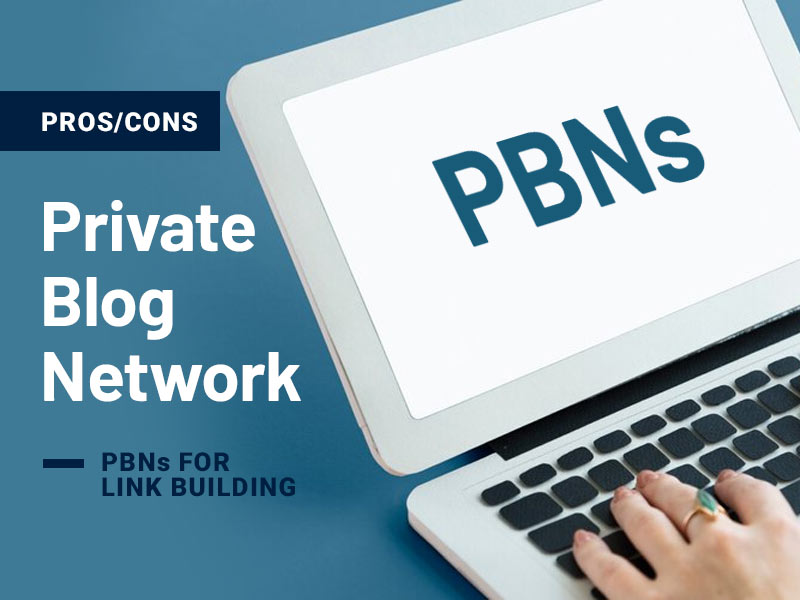In the ever-evolving world of SEO, mastering the art of anchor text optimization is like finding the secret sauce that can boost your website’s visibility and rankings. Think of anchor text as the unsung hero of SEO link-building – those clickable, often blue words that whisk you away to another page with a simple click. While they might seem insignificant at first glance, these hyperlinked snippets play a pivotal role in guiding both users and search engines through the vast expanse of the internet.
But here’s the catch: not all anchor texts are created equal. Crafting the perfect anchor text is a delicate dance between relevance, diversity, and user experience. It’s about striking the right balance between guiding your audience to valuable content and signaling to search engines what your page is all about. In the following sections, we’ll dive into the nitty-gritty of anchor text optimization, offering practical tips and insights to help you fine-tune your SEO strategy. From leveraging long-tail keywords to keeping pace with algorithm updates, we’ve got you covered.
So, buckle up and get ready to give your link-building efforts a major boost with these tried-and-true anchor text optimization strategies.
Enhancing Your Site’s Navigation
One of the pro tips for internal linking you can implement is thoughtfully crafting your anchor texts with relevant keywords that enhance navigability for users and search engines. This approach involves more than just creating links; it’s about building a coherent web of connections within your site. For example, when you’re directing users to a page about ‘organic gardening tips’, it’s beneficial to use anchor texts that naturally incorporate these keywords, like “explore our top organic gardening tips here“. This strategy not only makes your content more accessible but also increases its relevance. However, it’s crucial to maintain balance. Overloading anchor texts with keywords can disrupt the natural flow of your content and might trigger search engine penalties. The goal is to weave anchor texts into your narrative in a way that feels organic and enhances the reader’s experience, demonstrating one of the key pro tips for internal linking.
Keeping Anchor Texts Relevant and Contextual
The relevance of your anchor text to the content it links to cannot be overstated. A user clicking on an anchor text expects to find content matching the anchor text promised. If your anchor text reads “latest running shoe reviews” but leads to a page about sports apparel in general, users might feel misled. This mismatch can increase your site’s bounce rate, negatively impacting SEO. To keep anchor texts relevant, ensure they provide an accurate description of the linked page’s content. This not only enhances user experience but also reinforces the content’s context for search engines, improving your site’s credibility and rankings.
Diversifying Anchor Text Profiles
Variety is the spice of life, and the same goes for your anchor text strategy. Relying too heavily on exact-match keywords can raise red flags for search engines, suggesting manipulative SEO practices. To avoid this, diversify your anchor texts. Use a mix of branded anchor texts, like your company name, generic terms like “click here“, and partial-match keywords that include variations of your primary keywords. This diversity makes your link profile appear more natural and organic, which search engines favor. It’s a delicate balancing act between optimizing for keywords and maintaining an authentic and varied backlink profile.
Prioritizing High-Quality Backlinks
Not all backlinks are created equal. Links from reputable and authoritative sites carry more weight in the eyes of search engines. When these sites use specific anchor texts to link to your content, it’s a strong signal of your content’s relevance and quality for those terms. Strive to obtain backlinks from high-quality sources within your industry. Utilizing link-building services can help in acquiring these valuable backlinks. The anchor text used in these links should accurately reflect the content of your page and include a mix of your target keywords. Remember, a few high-quality backlinks can be more beneficial than numerous low-quality ones. Focus on building relationships within your industry to enhance the quality of your backlink profile.
Avoiding Over-Optimization Penalties
In the quest for the top spot on search engine results pages, it’s easy to overdo optimization efforts. However, when it comes to anchor text, more is not always better. Google’s algorithms are particularly savvy at detecting over-optimization, which can lead to penalties and a drop in rankings. To stay on the right side of these guidelines, ensure your anchor text strategy feels natural and varied. Don’t stuff anchor texts with keywords or repeatedly use the same phrase across your site’s links. Instead, think about the user experience and how the anchor text can add value to your content. Regularly review your site’s anchor text distribution and make adjustments as needed to maintain a healthy and natural-looking link profile.
Leveraging Long-tail Keywords in Anchor Texts
Incorporating long-tail keywords into your anchor texts can significantly improve your SEO efforts. These longer, more specific phrases often have lower search volumes but can lead to higher conversion rates due to their specificity. For example, instead of using a generic term like “gardening tips“, a long-tail anchor text could be “beginner tips for urban organic gardening“. This not only helps in targeting a more specific audience but also reduces competition for those terms. When embedding these into your content, ensure they fit naturally within your text. A forced or awkward insertion will do more harm than good, disrupting the user experience and potentially raising red flags with search engines.
Monitoring and Analyzing Anchor Text Distribution
Understanding the makeup of your site’s anchor text profile is crucial for effective SEO. Tools like Google Analytics and various SEO platforms can help you track how your anchor texts are distributed across your site and the web. This data allows you to identify over-optimization risks, uncover underutilized opportunities, and understand how search engines might perceive your site. Regular analysis can guide you in making informed decisions, ensuring that your anchor text strategy remains balanced and effective. Look for patterns that might indicate a need for more diversity or areas where certain pages might benefit from enhanced internal linking.
Understanding the Role of LSI Keywords
Latent Semantic Indexing (LSI) keywords are terms and phrases related to your primary keywords. They help search engines understand the content’s context and relevance to specific search queries. Incorporating LSI keywords into your anchor texts can enhance your content’s visibility for a broader range of search terms. For instance, if your primary keyword is “digital marketing“, LSI keywords could include “online advertising strategies” or “social media promotion“. Using these variations in your anchor texts can improve the semantic richness of your content, making it more attractive to search engines and users alike.
The Impact of Mobile Optimization on Anchor Text
With the increasing prevalence of mobile internet usage, optimizing your anchor texts for mobile users is more important than ever. Mobile screens are smaller, and user interaction differs from desktop browsing. Anchor texts need to be concise yet descriptive enough to be clickable and understandable on mobile devices. Furthermore, the placement of anchor texts within content should consider thumb-friendly zones, making navigation easier for mobile users. Ensuring your anchor texts are mobile-optimized can significantly enhance user experience, reduce bounce rates, and contribute positively to your site’s SEO.
Keeping Up with Algorithm Updates
Search engines like Google frequently update their algorithms, and these changes can impact how anchor texts influence your SEO. Staying informed about these updates is crucial for maintaining an effective anchor text strategy. For example, an algorithm update might emphasize the relevance and naturalness of anchor texts, requiring adjustments to your existing approach. By keeping abreast of these changes and adapting your strategy accordingly, you can ensure your SEO efforts remain effective and your site performs well in search rankings.
Conclusion
Anchor text optimization is a nuanced but critical component of SEO link-building. You can significantly enhance your SEO strategy by leveraging long-tail keywords, monitoring your anchor text distribution, understanding the role of LSI keywords, optimizing for mobile, and staying updated on algorithm changes. Remember, maintaining a natural and balanced approach is key to successful anchor text optimization. Over-optimization can lead to penalties, while a well-thought-out strategy can improve both user experience and search engine visibility. As with all SEO practices, staying informed, being adaptable, and focusing on providing value to your audience will guide you toward effective anchor text optimization and, ultimately, SEO success.







